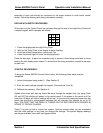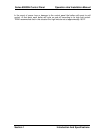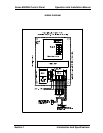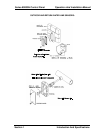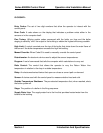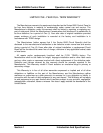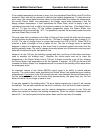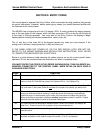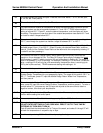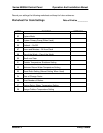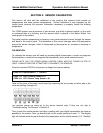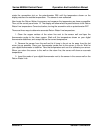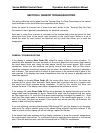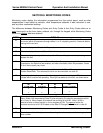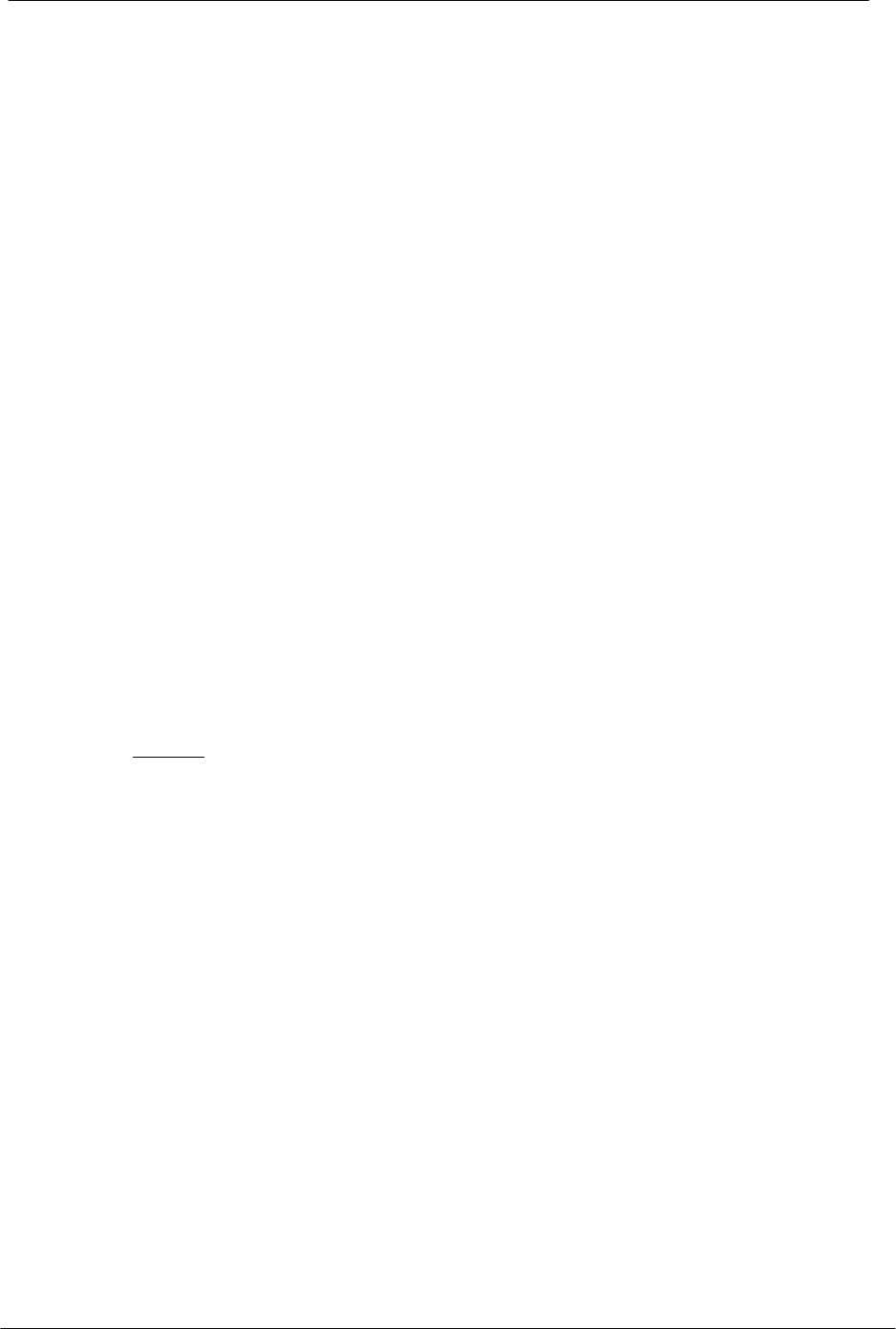
Series 8900SH Control Panel Operation And Installation Manual
Section 2 Sequence of Operations
If the outside temperature continues to drop, then the calculated Reset Ratio (code 23) will be
activated. More heat will be required to maintain the building temperature. To determine how
much more, the control panel monitors (when in Automatic mode) the outdoor air temperature,
the current Return Water Line temperature, the design return water temperature, and the
design outdoor temperature. It then determines the Reset Ratio, which is simply a way of
calculating how much heat to add to the system to make up for heat loss. If the Reset Ratio is
set at 1:1.5 then for every 1°F the outdoor temperature drops, the Return Water Line
temperature will be increased by 1.5°F. It is possible to override the automatic mode and enter
your own Reset Ratio in code 23.
The next code that is monitored is the Rate of Change Factor (code 24) which sets the speed
at which boilers are brought on line and off line. This rate of change factor has a range of .01
to 2.00. The rate of change factor is a timer that counts from 0.00 to 99.00. When 99.00 is
reached, a boiler is brought on line or taken off line. The rate of change factor is important
because it allows for a balancing of how much heat is increased against how much heat the
building naturally loses. The rate of change factor also allows you to determine how long each
boiler will run before firing the next boiler in line.
Assume it is now 7:00 pm, the building is empty and dark, and three of the boilers have been
used to maintain the building heat. Because the control panel was set to lower the
temperature in the Return Water Line at 7:00 pm, it directs one boiler to go off line, allowing
the Return Water Line temperature to fall the required 5 degrees. At 6:00 am the panel will
increase the Return Water Line temperature back to normal so the building will be warm when
the employees arrive.
An important feature of the Series 8900SH control panel is its ability to handle setback
recovery. The control panel starts monitoring the Return Water Line temperature and outdoor
temperatures 2 hours
prior to the 6:00 am set point so it can calculate the most efficient way to
fire the boilers. Instead of all the boilers firing simultaneously, the panel may only fire one
boiler, but allow it to run longer to save on fuel.
If heat was needed in the building after 7:00 pm a simple keypad entry (code 81) will override
the setback. This set back override can be done in advance, or at the time the heat is needed.
Assume it is now early afternoon and the outdoor temperature continues to rise. Only two
boilers are needed to maintain the building temperature. When the outdoor temperature rises
above 60° F, the control panel shuts the system down until the next time it's needed.



